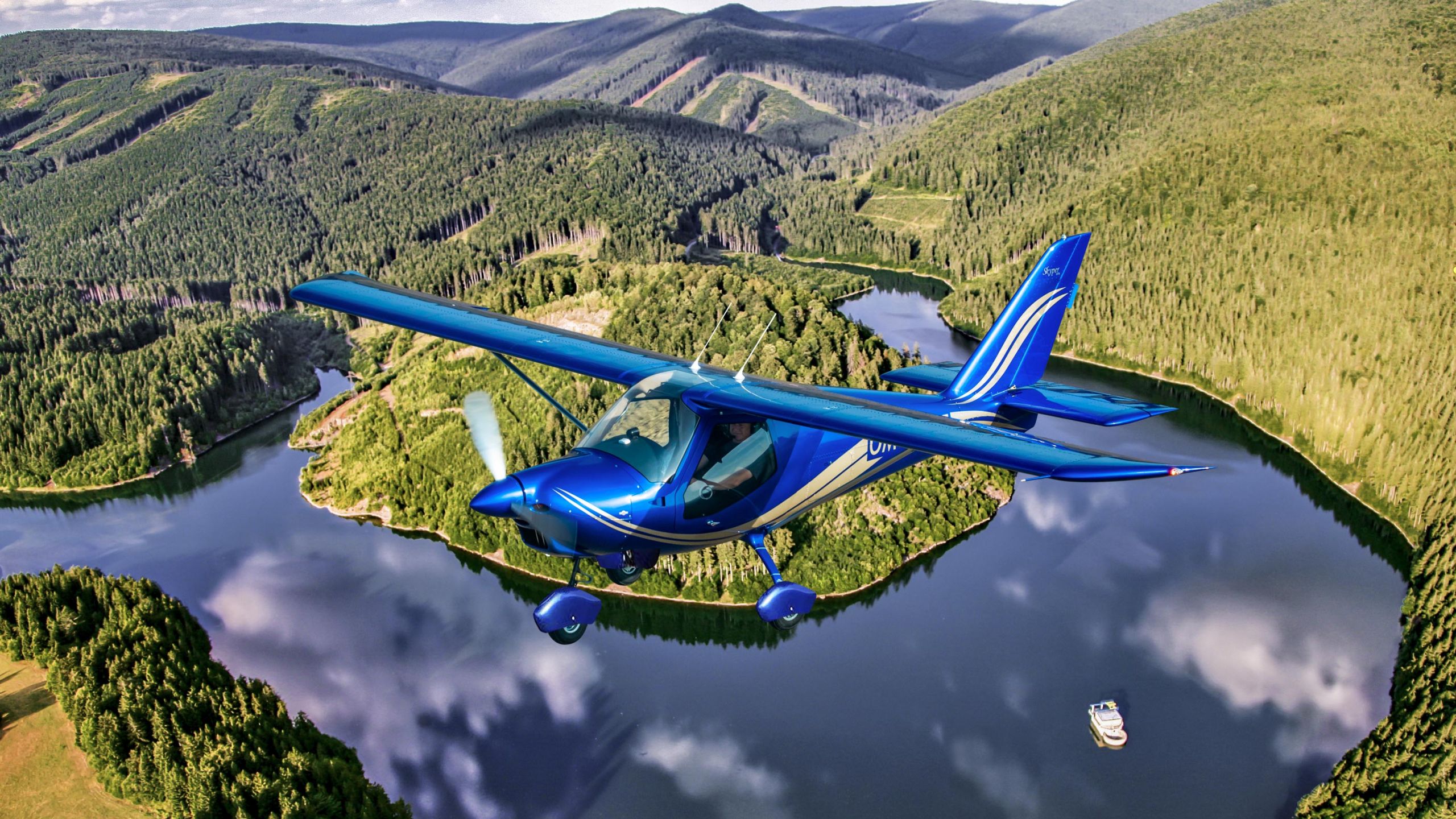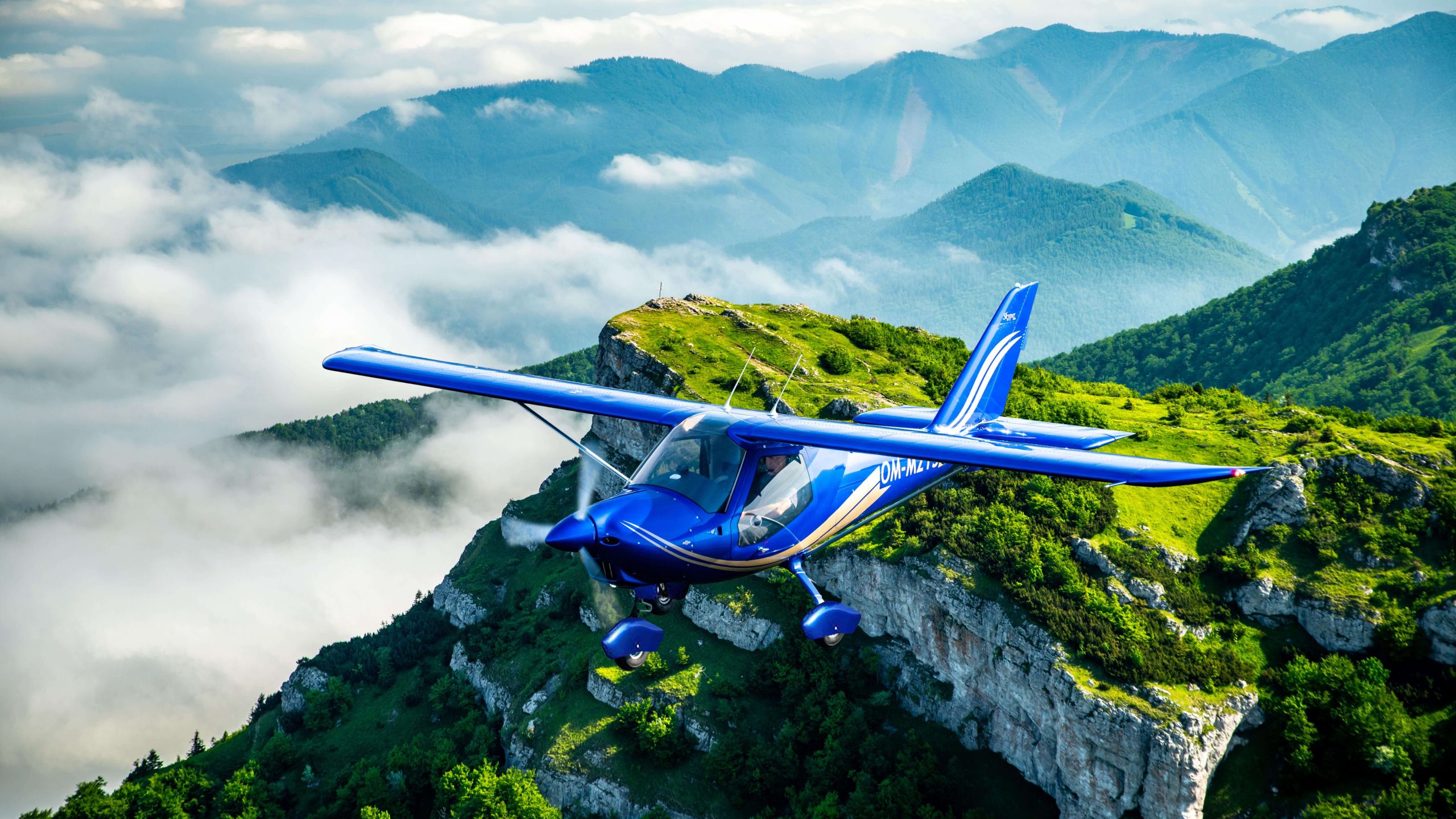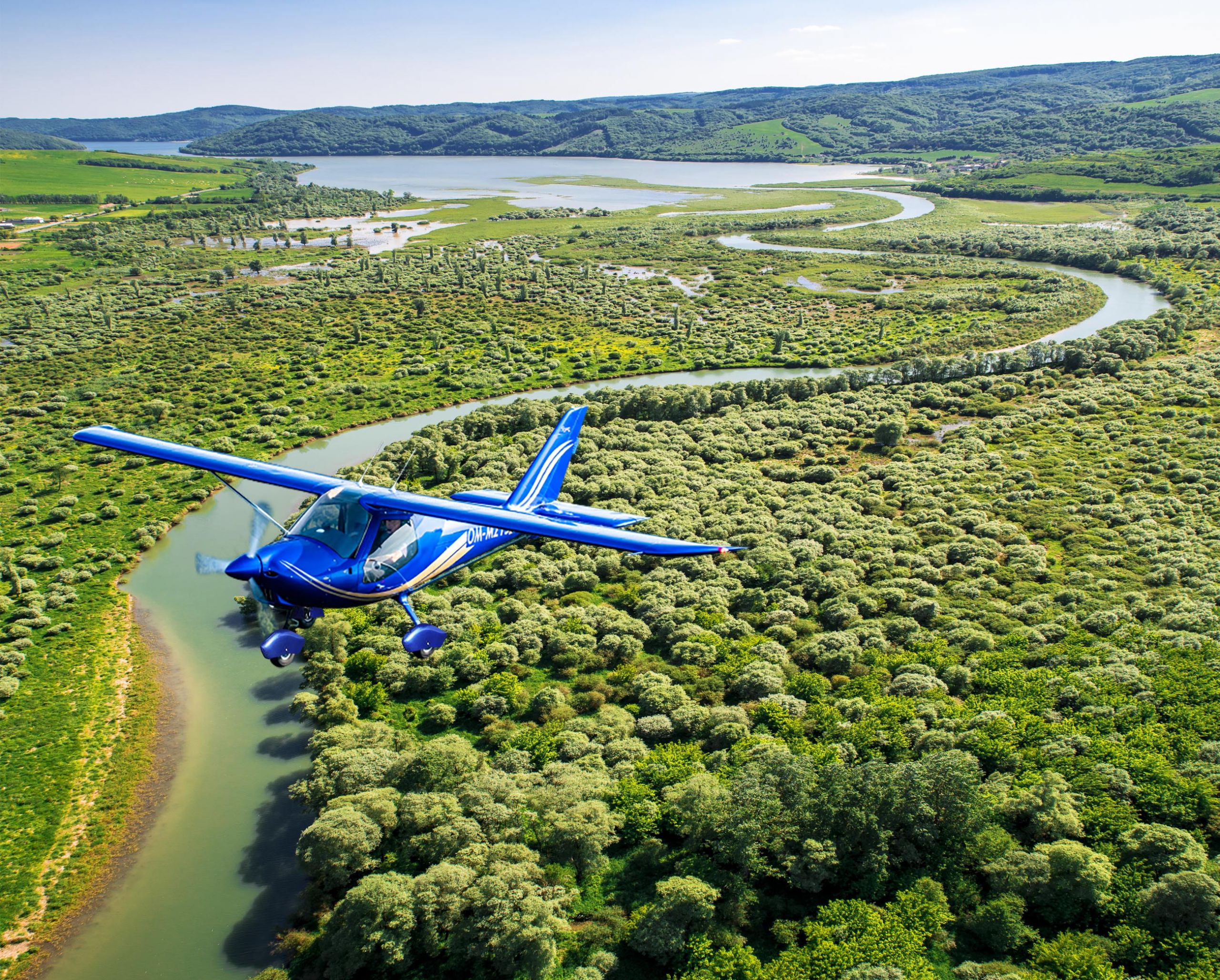Intro
Skyper GT9 is an all-metal UL and LSA category two-seater aircraft designed for sports recreational flying and adventurous travel in a comfortable cabin with a view that only a mountaineer can offer.
The prerequisite for the professional creation of aerial photography and video documentation are patiently tuned flight characteristics, which easily carry the aircraft to a quiet stable flight and again safely place it on a short runway. Low operating costs, optimized consumption and economic maintenance as well as service will be appreciated by aviation training centers and instructors. A separate luggage compartment will delight any long-distance traveller, and senior pilots will appreciate an additional overhead seat in a lighted cabin as well as comfortable boarding through a tilting door with large windows.
In the process of continuous development and testing, the direction indicator was gradually enlarged and later the arrowhead of the wings was adjusted. Skyper thus gained greater directional stability and higher travel speed. The guarantee of safety is an airborne parachute system, which in case of an emergency calmly carries the entire aircraft with the crew inside to the ground.
Emotion
Design
Smooth curved hull shapes designed in accordance with the Czech UL2-1, ELSA, German LTF-UL and UL and LSA regulations minimize aerodynamic resistance and open space for higher cruising speed. The sophisticated design of the exterior-accessible luggage compartment and far between the wings of the towed windscreen contribute to the joy of flying, multiplied by the possibility of individual aircraft design and equipment according to the specific requirements and wishes of the client.
Glass Cockpit
Full control
Ergonomics
Cabin
Parameters
Flight properties
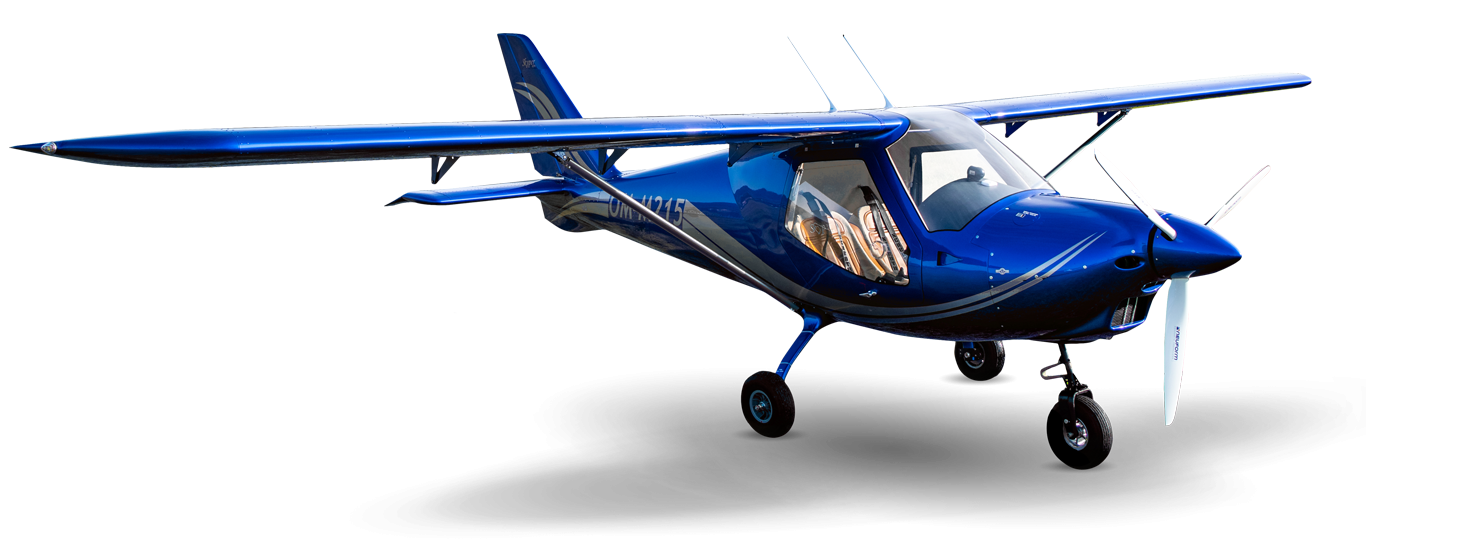
The fuselage
All-metal wings
Tail surfaces
Two-seat cabin
The three-wheeled chassis
Duplicate steering
Fuel system
Boxer engine
Three-blade propeller
| Skyper GT9 | |
|---|---|
Wing span | 8,95 m (29,4 ft) |
Length | 6,25 m (21,2 ft) |
Height | 2,25 m (7,5 ft) |
Engine 4-stroke Rotax 912 | ULS 100 hp |
Propeller, 3-blade, ground adj. | DUC Propellers or Neuform |
Cruising speed | 205 km/h (111 kt) |
Stall speed without flaps | 93 km/h (50,2 kt) |
Stall speed with flaps | 78 km/h (42,1 kt) |
Climb rate | 5,5 m/s (1083 ft/min) |
Take-off distance | 175 m (574 ft) |
Landing distance | 150 m (492 ft) |
Endurance | 4,5 h |
Range | 1000 km (540 nm) |
Consumption (NAT 99+) / 1 hour | 17 l (4,5 US gal) |
Fuel tank volume | 88 l (23,3 gal) |
Max. take off weight | 600 kg (1323 lbs) |
*Technical data may vary slightly depending on the specific aircraft configuration
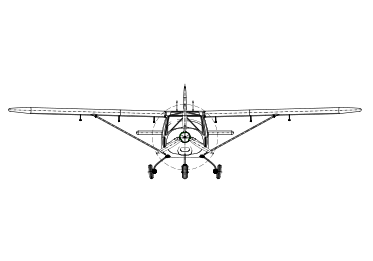
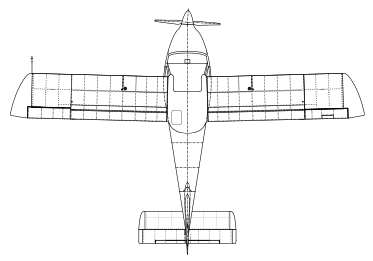
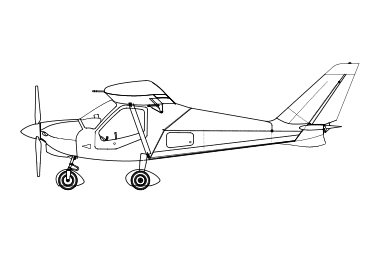
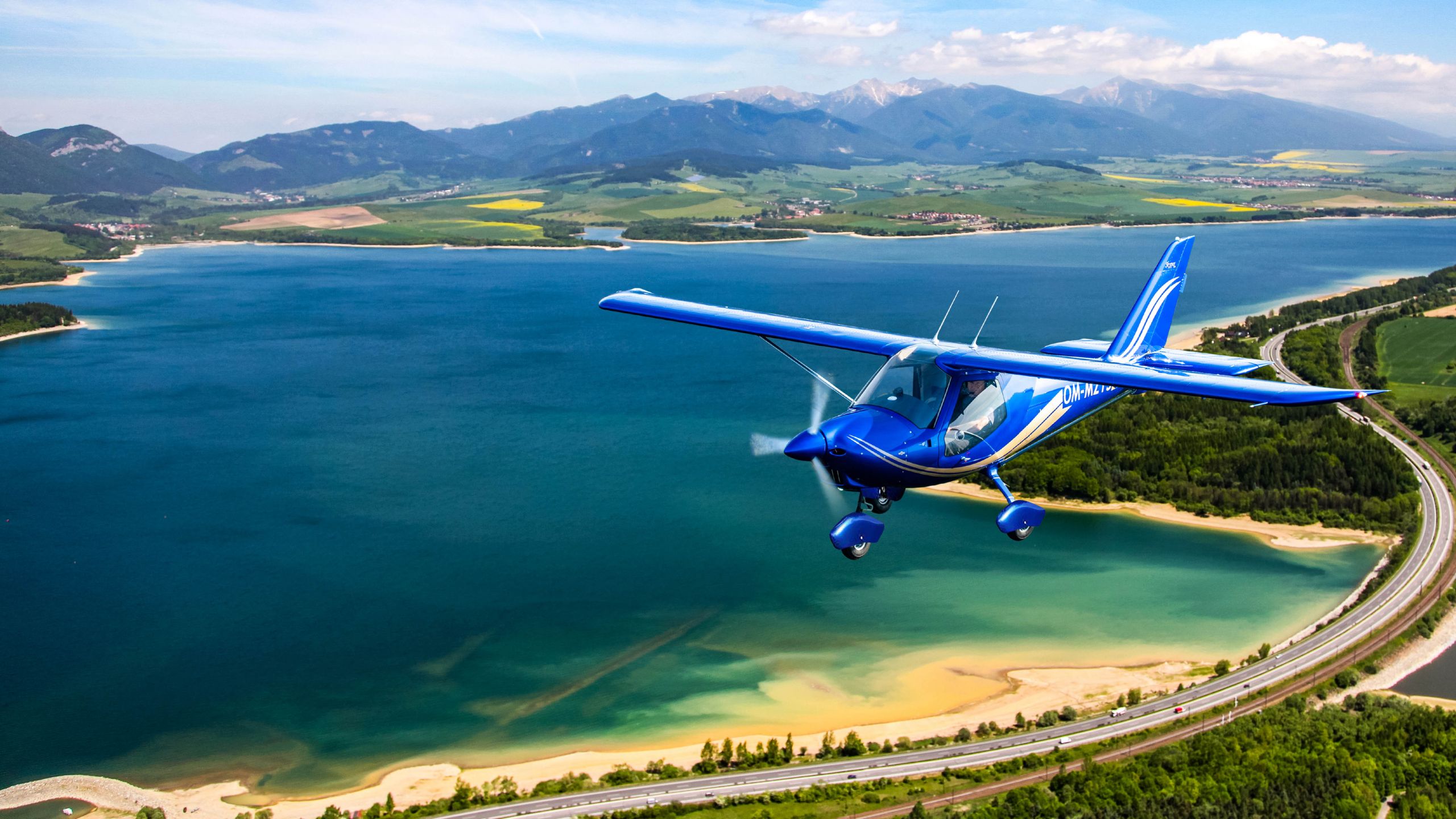
Unearthly
beauty
The view from above will draw you into a whole new world. Down below you will be the shadow of an airplane escaping to the third dimension of height – the space high above everything terrestrial, from where what is happening beneath you seems ridiculously petty. Your paths are free in the sky and distant destinations easily accessible.
